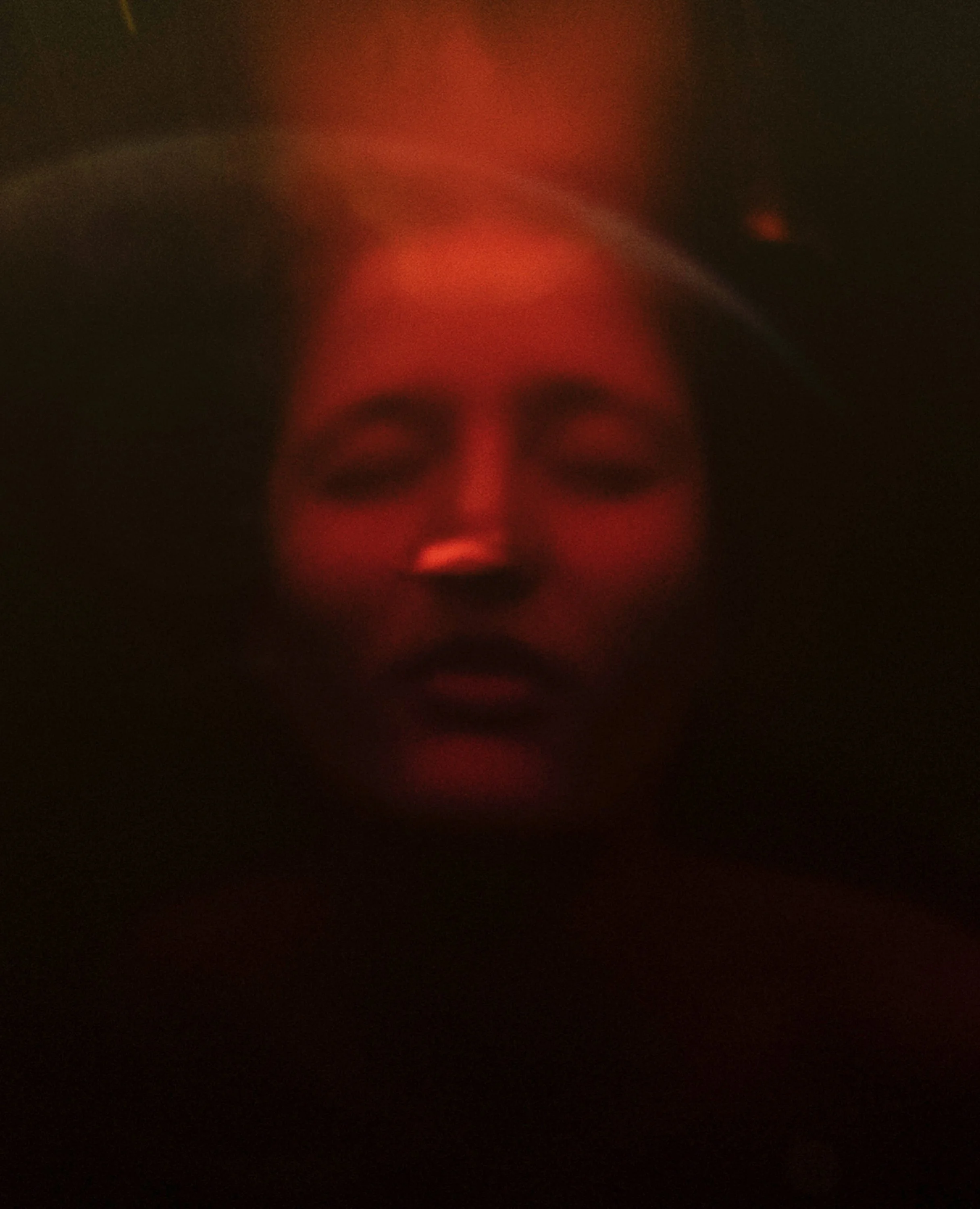
Receiving a diagnosis of a painful chronic illness felt like a slow death sentence. Endometriosis is a complex, debilitating inflammatory disease found within the reproductive system, on muscle, nerves, joints, the lungs and even the brain. In advanced stages of the disease, deep-infiltrating endometriosis invades into the tissues of the surrounding organs causing thick bands of scar tissue that can bind organs together. This can cause dysfunction and damage to organs and nerves. Endometriosis affects one in ten people born with a uterus - around 200 million people worldwide. It is a condition I have suffered from for the past 20 years.(Self Portrait)

After suffering symptoms for years I was finally diagnosed with severe ( Stage 4 ) Endometriosis and I underwent an excision surgery for Deep Infiltrating Endometriosis which is defined as infiltrating 5 mm or deeper below the peritoneal surface.Unfortunately, due to the severity of my illness and the weakened state my body was in before surgery I had a very difficult recovery. For months on end, my friends carried my shopping, brought me food, took out my rubbish, helped me get to my doctor appointments or came over just to sit with me. Aside from my doctor’s appointments, I struggled to leave the vicinity of my home. And even though I utilised just about every pain management technique possible I could not shift the pain. Unfortunately, my life became a deeply painful and pleasureless experience. According to a recent report by the NHS, endometriosis is considered one of 20 most painful health conditions a person can suffer from. I cried about an ocean’s worth of pain every single night in utter disbelief that I had to get up in the morning and do it all over again.(Self Portrait)

Currently, the only way to confirm the diagnosis of endometriosis is through laparoscopy and biopsy of the lesions. Laparoscopy is an operation performed in the abdomen or pelvis using small incisions with the aid of a camera. The gold standard for the diagnosis of endometriosis is via a laparoscopic excision surgery.There is currently a 7 - 10 year delay in diagnosis. (Self Portrait)
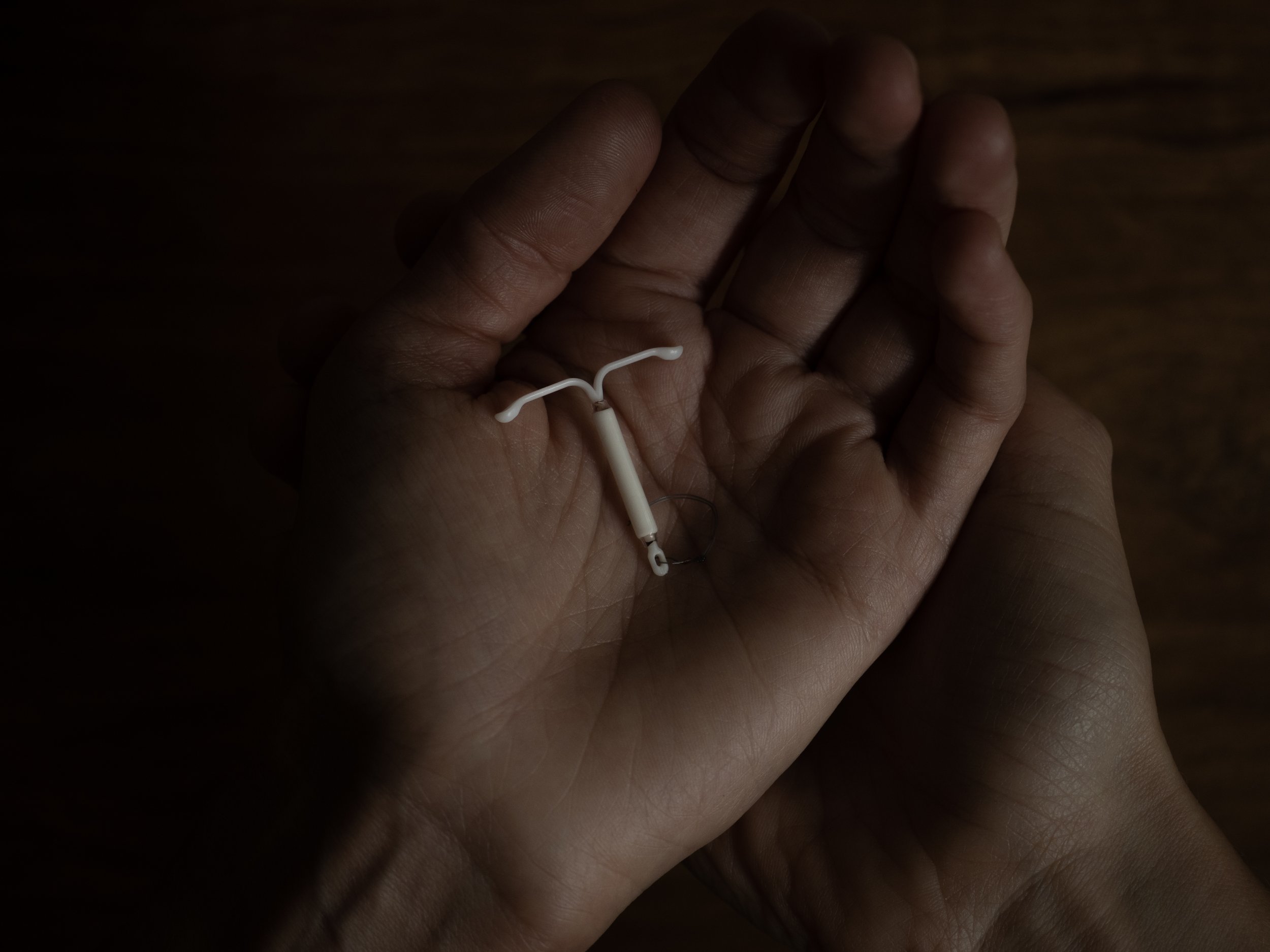
Hormonal treatments such as IUD's, contraceptive pills and medications which suppress the production of sex hormones (for example Zoladex) are often used to manage the painful symptoms of Endometriosis however hormonal medication may not stop the progression of disease and symptoms often return once medications are stopped. These medications can also have significant short term and long term effects on your body.
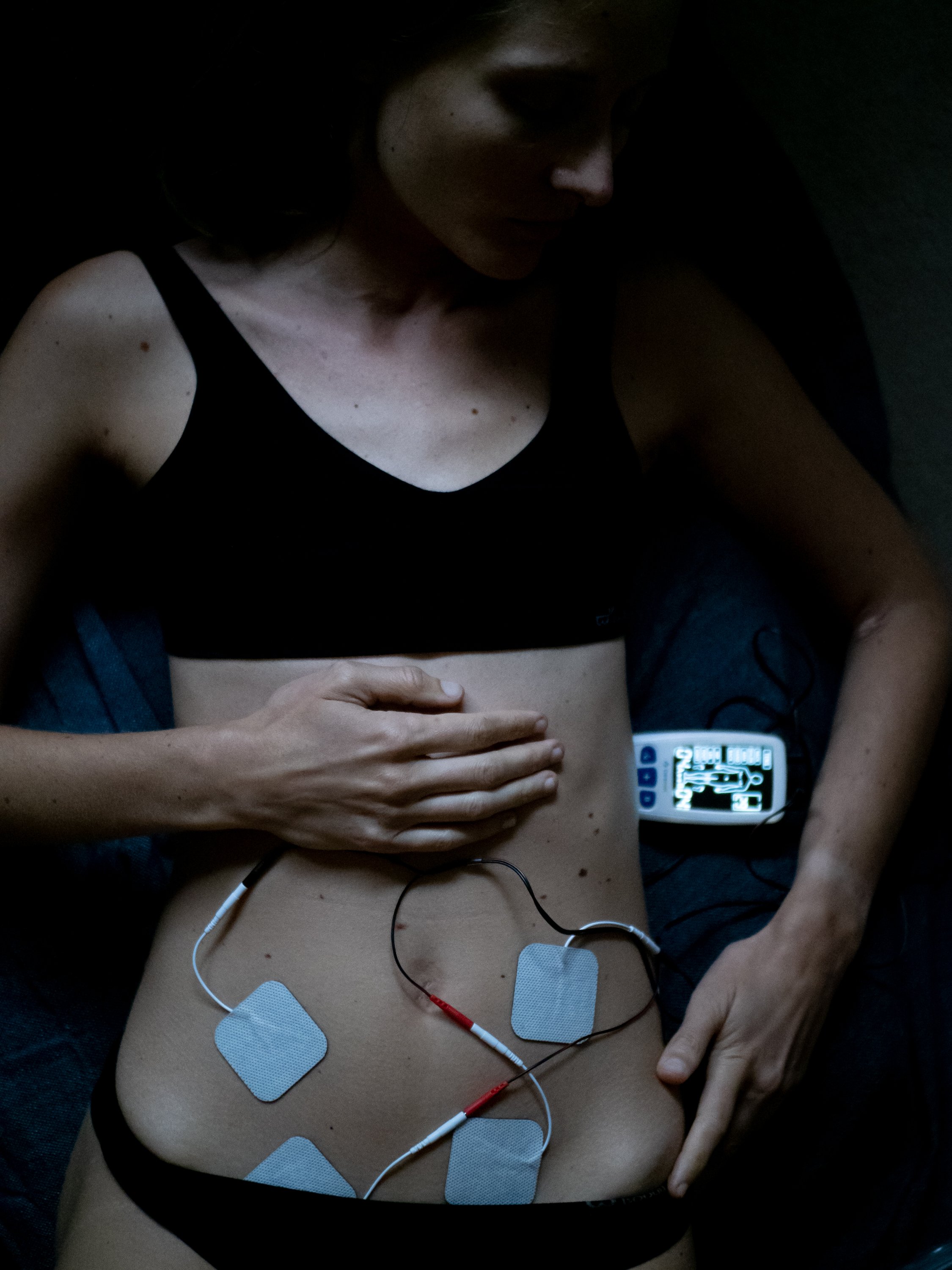
Transcutaneous electrical nerve stimulation (TENS) is a method of pain relief involving the use of a mild electrical current. The electrical impulses can reduce the pain signals going to the spinal cord and brain, which may help relieve pain and relax muscles. TENS isn't a cure for pain and often only provides short-term relief while the TENS machine is being used.

The pain is unrelenting. I would often spend hours each day attempting to massage the knots of the pain out of my body, craving just a glimmer of relief. Self Portrait

Endometriosis sadly has no cure. Suffers find various ways to get symptomatic relief. Personally one of the most effective tools has been water and heat. I would spend endless hours floating in a bathtub watching the heat of the water turn my skin a deep shade of red. When I am suspended in water, it’s what I imagine a healthy body feels like and for a moment I am almost completely pain-free.
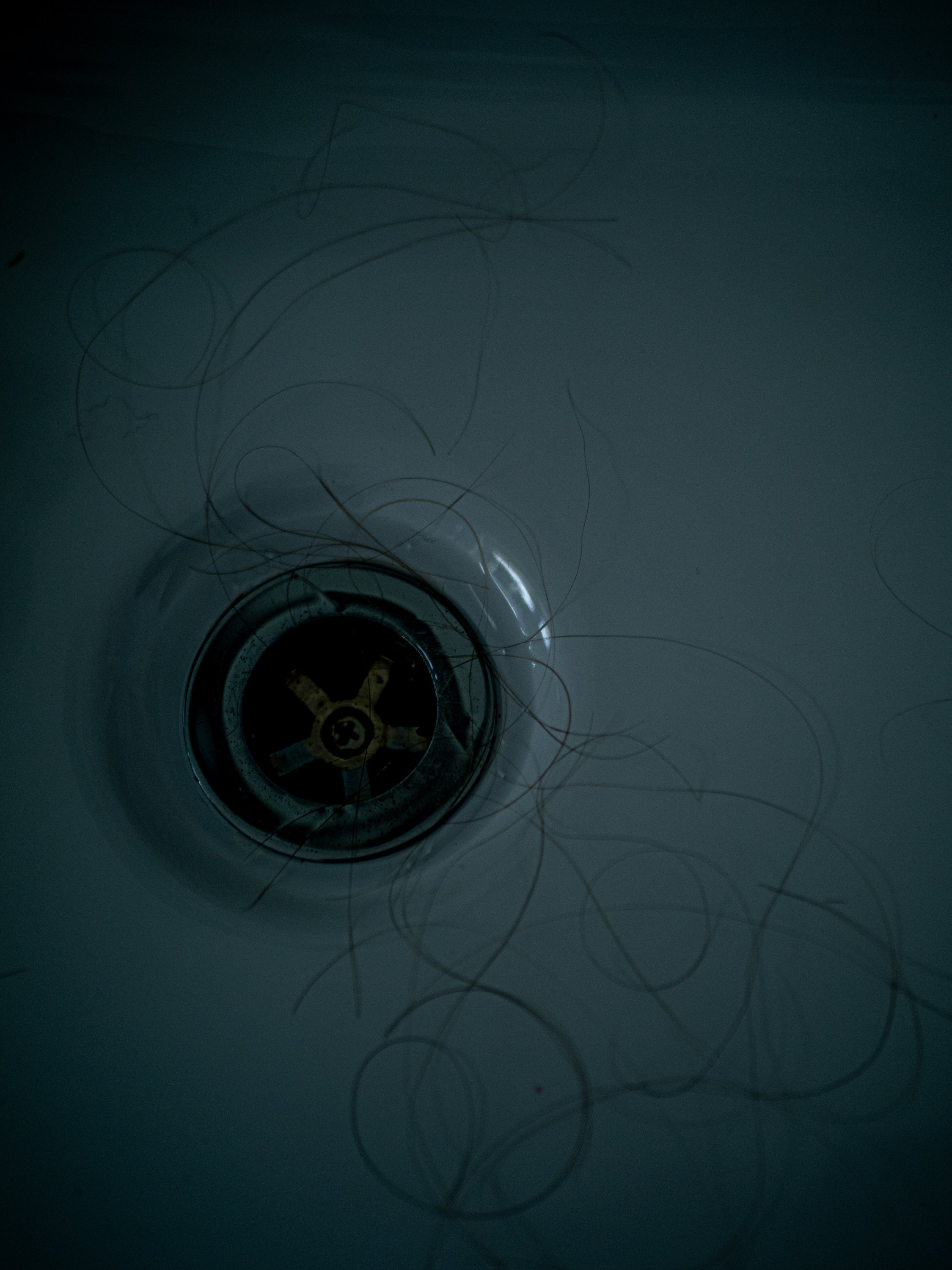
In addition to the stress of managing an incurable disease, the cocktail of pain medication and hormonal treatments can cause a range of short term and long term side effects such as hot flashes, dizziness, headaches, night sweats, nausea and hair loss. At times it's difficult to choose between the pain and the debilitating side effects of medications.

Some common symptoms of endometriosis include chronic pelvic pain, pain with menstruation and ovulation, excessive bleeding, pain with penetrative sexual activity, pain with orgasm, bloody or painful bowel movements, pain with urination, reduced fertility, nausea, food intolerances, vomiting, bloating, fatigue, pneumothorax (collapsed lung), pain in lower back/thighs/leg/ diaphragm and more. Regardless of the stage of the disease, some people can experience very severe pain, while others may not experience pain at all.
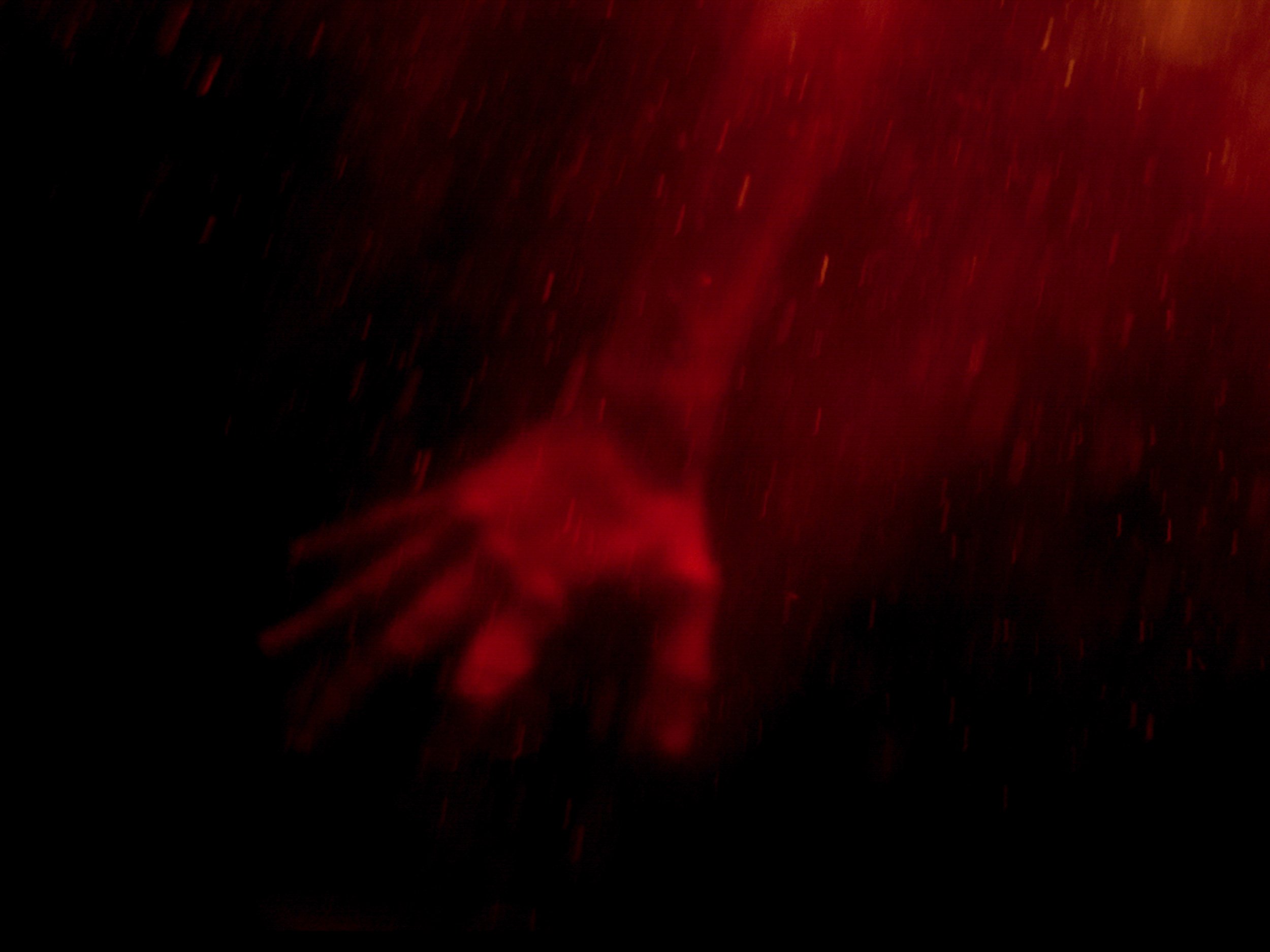
The idea of living with an incurable illness weighs incredibly heavy on me however I now know the pain will come in waves and sometimes it will feel like a hurricane ripping me apart. But eventually those small rays of light which give us a glimmer of hope do become brighter. Self Portrait created with the assistance of Isabel Claire

Overtime as my body continues to heal, I have learned that happiness, joy and pain can live beside one and other in our strange reality we call life. I used to think my body was letting me down — and in fact, it never once did — it was just pleading for help.
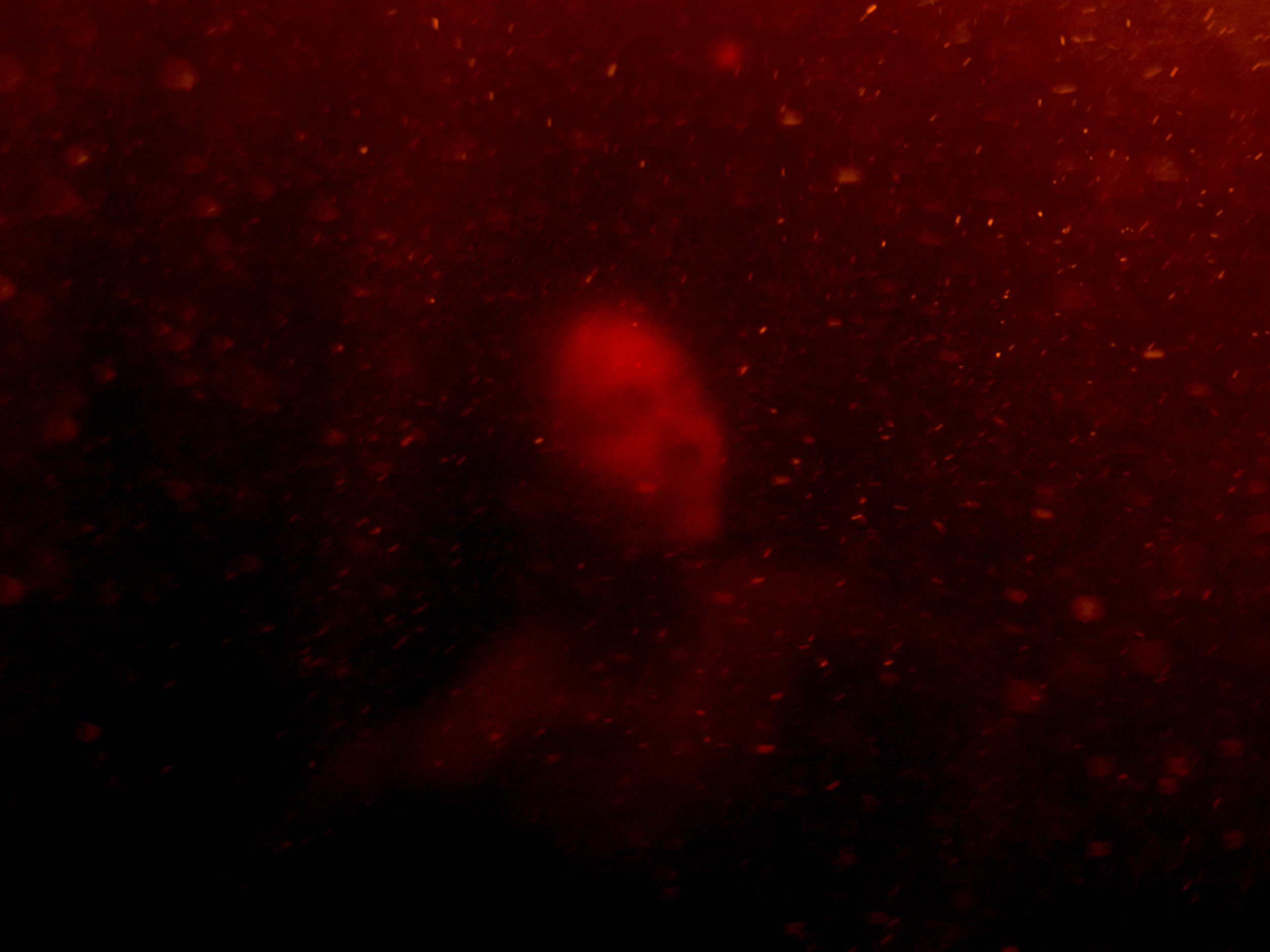
Even though I still have a long journey of healing ahead I do feel lucky — I was able to access expert excision surgery, a privilege I am deeply grateful for, I got to keep all my organs and I have an incredible support system. I am and will be ok. I do hope that by sharing this journey there is a chance that we can save at least one person from many years of suffering. There is no cure for endometriosis, but the condition can be managed with a timely diagnosis and an effective treatment plan.This disease is still poorly understood and there is a tremendous amount of misinformation. Multiple theories are pointing towards the origins of the disease however there are still no definite answers. This is why it is so vital to keeping investing in endometriosis research. Self Portrait created with the assistance of Isabel Claire












Receiving a diagnosis of a painful chronic illness felt like a slow death sentence. Endometriosis is a complex, debilitating inflammatory disease found within the reproductive system, on muscle, nerves, joints, the lungs and even the brain. In advanced stages of the disease, deep-infiltrating endometriosis invades into the tissues of the surrounding organs causing thick bands of scar tissue that can bind organs together. This can cause dysfunction and damage to organs and nerves. Endometriosis affects one in ten people born with a uterus - around 200 million people worldwide. It is a condition I have suffered from for the past 20 years.(Self Portrait)
After suffering symptoms for years I was finally diagnosed with severe ( Stage 4 ) Endometriosis and I underwent an excision surgery for Deep Infiltrating Endometriosis which is defined as infiltrating 5 mm or deeper below the peritoneal surface.Unfortunately, due to the severity of my illness and the weakened state my body was in before surgery I had a very difficult recovery. For months on end, my friends carried my shopping, brought me food, took out my rubbish, helped me get to my doctor appointments or came over just to sit with me. Aside from my doctor’s appointments, I struggled to leave the vicinity of my home. And even though I utilised just about every pain management technique possible I could not shift the pain. Unfortunately, my life became a deeply painful and pleasureless experience. According to a recent report by the NHS, endometriosis is considered one of 20 most painful health conditions a person can suffer from. I cried about an ocean’s worth of pain every single night in utter disbelief that I had to get up in the morning and do it all over again.(Self Portrait)
Currently, the only way to confirm the diagnosis of endometriosis is through laparoscopy and biopsy of the lesions. Laparoscopy is an operation performed in the abdomen or pelvis using small incisions with the aid of a camera. The gold standard for the diagnosis of endometriosis is via a laparoscopic excision surgery.There is currently a 7 - 10 year delay in diagnosis. (Self Portrait)
Hormonal treatments such as IUD's, contraceptive pills and medications which suppress the production of sex hormones (for example Zoladex) are often used to manage the painful symptoms of Endometriosis however hormonal medication may not stop the progression of disease and symptoms often return once medications are stopped. These medications can also have significant short term and long term effects on your body.
Transcutaneous electrical nerve stimulation (TENS) is a method of pain relief involving the use of a mild electrical current. The electrical impulses can reduce the pain signals going to the spinal cord and brain, which may help relieve pain and relax muscles. TENS isn't a cure for pain and often only provides short-term relief while the TENS machine is being used.
The pain is unrelenting. I would often spend hours each day attempting to massage the knots of the pain out of my body, craving just a glimmer of relief. Self Portrait
Endometriosis sadly has no cure. Suffers find various ways to get symptomatic relief. Personally one of the most effective tools has been water and heat. I would spend endless hours floating in a bathtub watching the heat of the water turn my skin a deep shade of red. When I am suspended in water, it’s what I imagine a healthy body feels like and for a moment I am almost completely pain-free.
In addition to the stress of managing an incurable disease, the cocktail of pain medication and hormonal treatments can cause a range of short term and long term side effects such as hot flashes, dizziness, headaches, night sweats, nausea and hair loss. At times it's difficult to choose between the pain and the debilitating side effects of medications.
Some common symptoms of endometriosis include chronic pelvic pain, pain with menstruation and ovulation, excessive bleeding, pain with penetrative sexual activity, pain with orgasm, bloody or painful bowel movements, pain with urination, reduced fertility, nausea, food intolerances, vomiting, bloating, fatigue, pneumothorax (collapsed lung), pain in lower back/thighs/leg/ diaphragm and more. Regardless of the stage of the disease, some people can experience very severe pain, while others may not experience pain at all.
The idea of living with an incurable illness weighs incredibly heavy on me however I now know the pain will come in waves and sometimes it will feel like a hurricane ripping me apart. But eventually those small rays of light which give us a glimmer of hope do become brighter. Self Portrait created with the assistance of Isabel Claire
Overtime as my body continues to heal, I have learned that happiness, joy and pain can live beside one and other in our strange reality we call life. I used to think my body was letting me down — and in fact, it never once did — it was just pleading for help.
Even though I still have a long journey of healing ahead I do feel lucky — I was able to access expert excision surgery, a privilege I am deeply grateful for, I got to keep all my organs and I have an incredible support system. I am and will be ok. I do hope that by sharing this journey there is a chance that we can save at least one person from many years of suffering. There is no cure for endometriosis, but the condition can be managed with a timely diagnosis and an effective treatment plan.This disease is still poorly understood and there is a tremendous amount of misinformation. Multiple theories are pointing towards the origins of the disease however there are still no definite answers. This is why it is so vital to keeping investing in endometriosis research. Self Portrait created with the assistance of Isabel Claire
